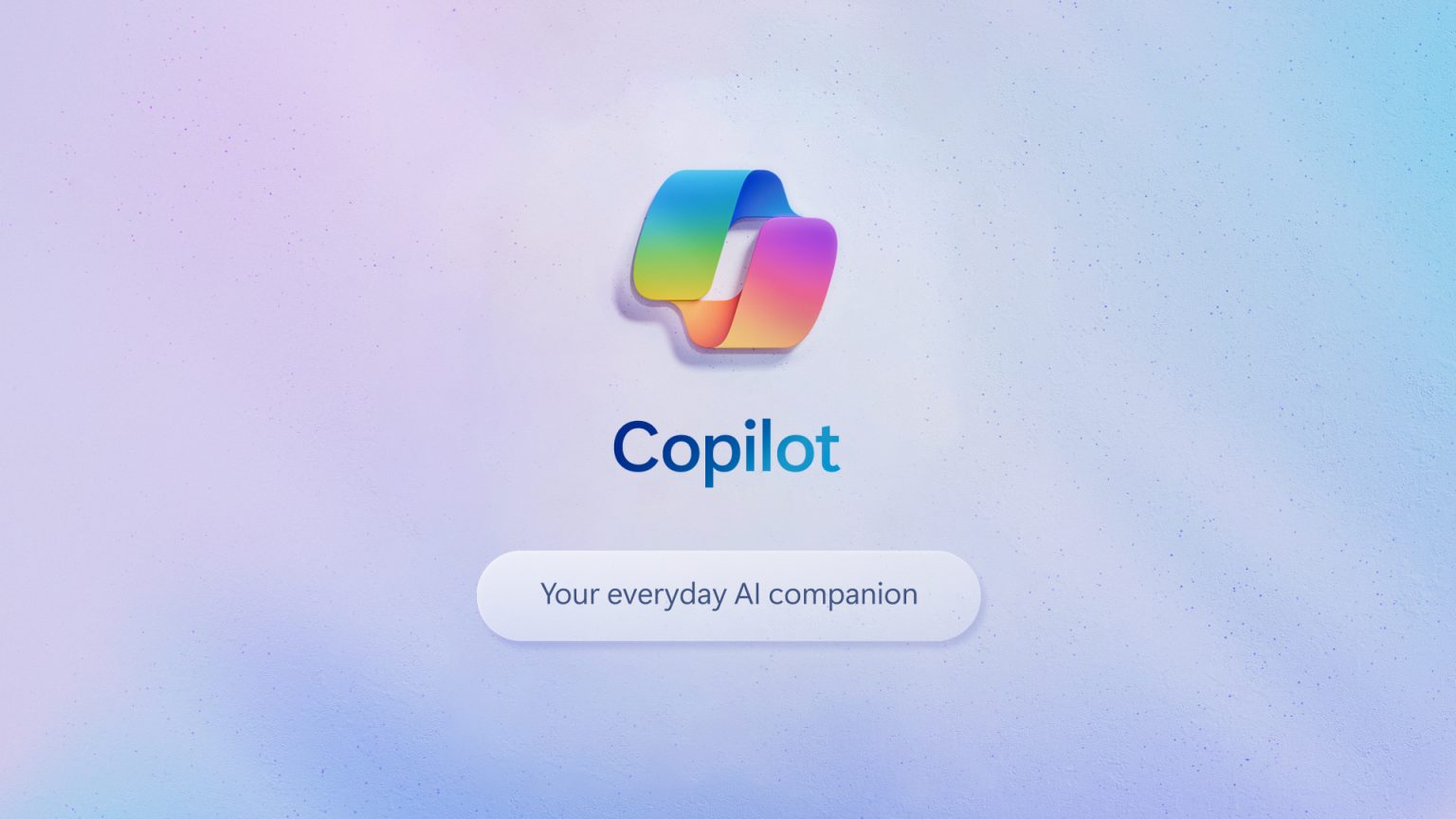
Enterprises face a spectrum of choices when it comes to privacy in AI adoption, ranging from public frontier models with no safeguards to fully localized, on-premise deployments. Each level offers a trade-off between control, compliance, and cost. For industries like healthcare, finance, and government, the stakes are high: sensitive data cannot simply flow through external infrastructure without risking breaches and trust. This article outlines the five levels of privacy in enterprise AI, explains where risks are concentrated, and helps leaders evaluate which posture best balances innovation with security.






.png)